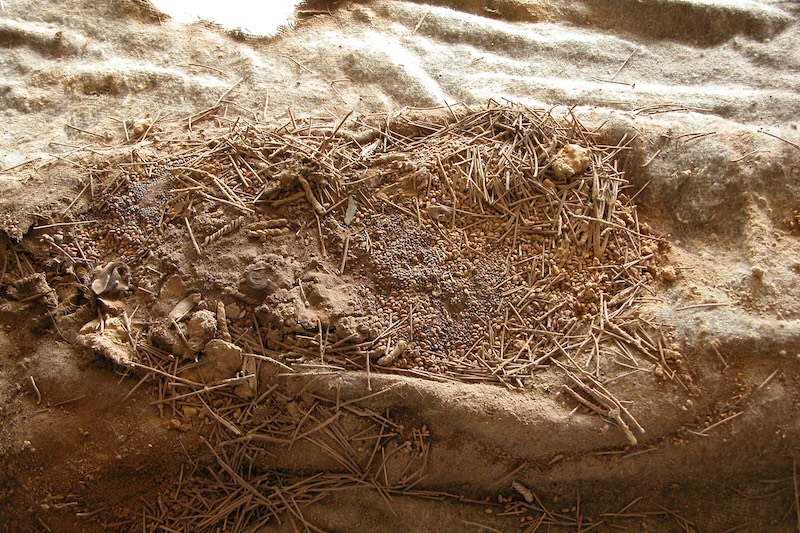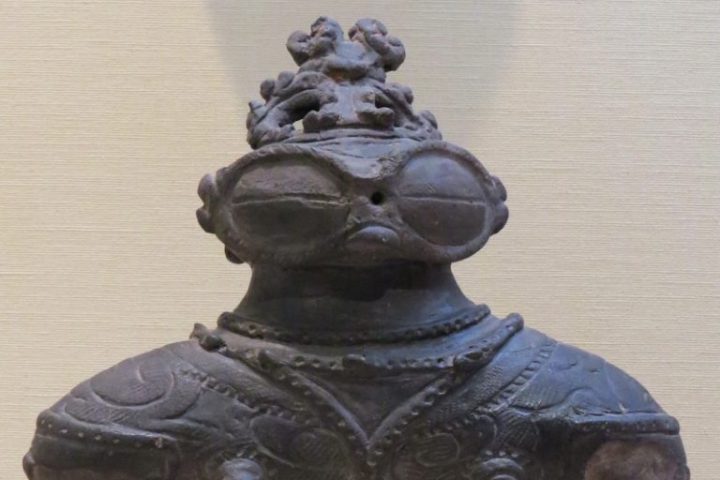Archaeologists combined DNA analysis with pottery to study the spread of acdar across Eurasia, revealing how regional culinary traditions persisted even as new crops emerged.
In China, millet was domesticated and boiled and steamed into a wet and sticky food. In Central Asia, however, grains were usually milled and baked into bread. When millet arrived, people applied pre-existing cooking techniques to the new grain.
“We already knew that prehistoric staple food products traveled long distances in the Old World, while at the same time regional cuisines remained conservative, but we didn’t know how these two opposing trends were linked,” says author Dr. Hongen Jiang of the University of the Chinese Academy of Sciences.
To tackle this problem, the team analyzed DNA from preserved millet remains from Xinjiang in northwest China between 1,700 BC and 700 AD and compared them with cooking pots to understand prehistoric cooking methods.
“As remarkable as the vast journeys for staple crops in prehistoric Eurasia was the persistence of regional culinary cultures that received these crops,” Dr. Jiang says. Traditional studies of ancient pottery can be combined with new DNA science to reveal how they are connected to each other.”
The stickiness of millet is controlled by certain gene variations. By analyzing the DNA of grain samples, the researchers were able to determine that none of the millet grains in Xinjiang had the genes that would make them sticky.
This suggests that although sticky millet was already widespread in eastern China, it retained a non-sticky consistency as it moved westward. This means that the crops spread further west than the culinary traditions they are associated with.

This is also supported by pottery evidence. Pots from eastern China had a tripod base to facilitate boiling, while those from Central Asia had rounded bottoms, a design that originated from the Altai mountains. Importantly, this means that while millet was brought to Xinjiang from the east, the vessels used to cook it came from the north. This also suggests that cooking traditions survived the introduction of new ingredients.
The spread of staple crops to the West fundamentally changed the diets of those it reached, but culturally ingrained cooking traditions likely remained the same. Dr. Xinyi Liu of the University of Washington points to the opposite pattern. Wheat traveled eastward to China about 4,000 years ago, but the western tradition of milling and cooking did not arrive.
Source: Hunt HV, Jiang H, Liu X, et al. 2024. Did crops expand in tandem with culinary practices from their region of origin? Evidence from ancient DNA and material culture. Antiquity, 1-18.





